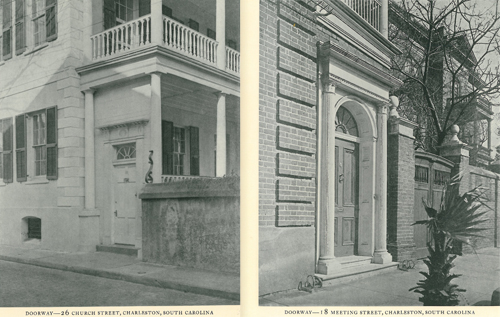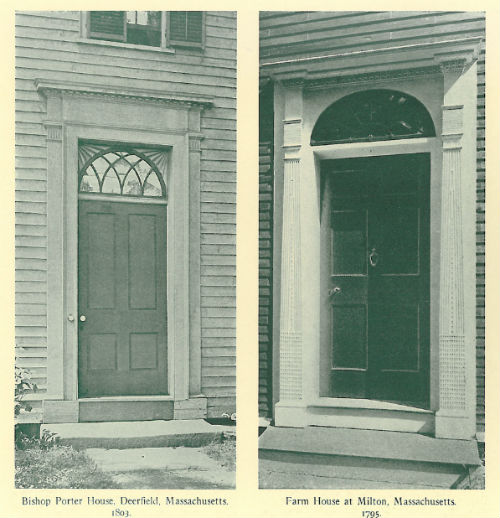Not that anyone needs an excuse to visit the beautiful seaside city of Charleston, South Carolina, but strolling along those streets, you’ll get an ideal opportunity to check out some of the nation’s most beautiful historic architecture, including amazingly intricate doorways. This issue of the White Pine Series of Architectural Monographs takes us on a virtual tour of standout doorways, as they were in the 1910s.
Charleston is an exceptionally charming city full of stately manors, spire-topped churches and old brick buildings, all in an unusual mix of English, French and West Indian building styles. While a devastating fire in 1886 destroyed many of the oldest structures, the city is still full of historic architecture, and each of these buildings has its own unique doorway reflecting the spirit of the builder or original owner.
“The development of our Early American Architecture can be traced more clearly, and with less deviation from the true path, by its doorways, than through any other detail. For in the doorway, the index of the style of the house and its period are most clearly indicated. Charleston, South Carolina, offers some interesting examples that are in a way unique as to scheme and execution.”
See photos and read more about Old Charleston’s doorways at the White Pine Monograph library.








